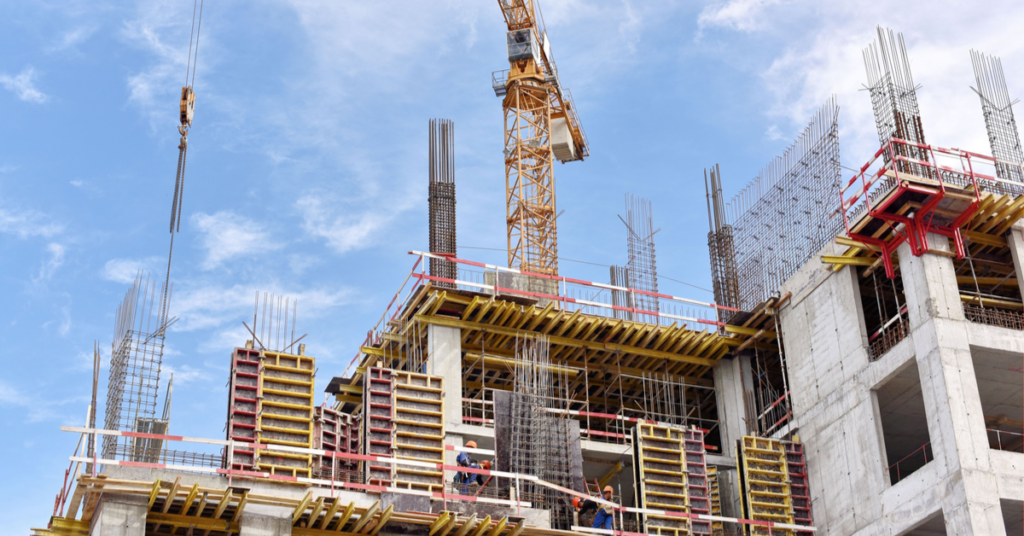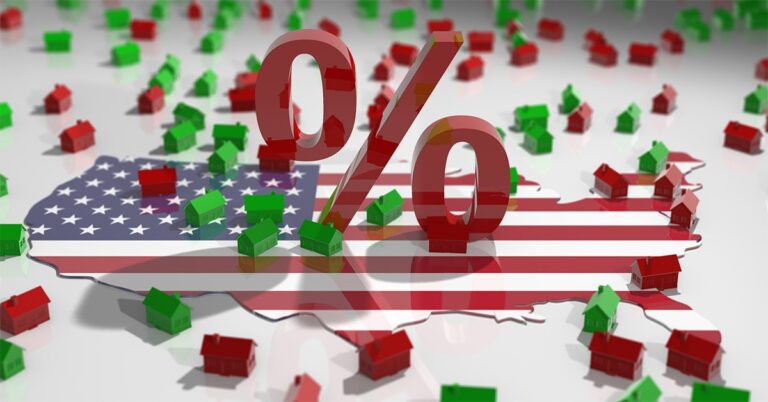Surprising some observers, residential construction nationwide slid in August following strong growth over the last three months, according to the latest data from the U.S. Census Bureau and Department of Housing and Urban Development.
Privately owned housing starts came in at a seasonally adjusted annual rate of 1.416 million units, up 2.8% above August’s rate of 1.377 million but below the downwardly revised July estimate of 1.492 million. That’s a monthly decrease of 5.1%, bringing the building rate lower than both the 1.478 million units anticipated by economists polled by Reuters and the 1.437 million units projected by Wells Fargo Securities.
As the forecasts show, some pullback in residential construction was expected, considering the 37% jump in multifamily starts during July and the growing caution in multifamily development as the pandemic stretches on. And indeed, multifamily building fell back 25.4% monthly to an annual pace of 375,000, roughly matching the rate from two months before. Year to date, permits for units in buildings with five units or more are down 8.3%.
“Apartment construction appears to [be] winding down, with much of the slowdown coming in construction of high-rise urban projects in larger metropolitan areas,” Wells Fargo Securities’ Economics Group wrote in commentary after the Census released August housing data.
“On a three-month average basis, multifamily starts have averaged a 427,000-unit pace. We doubt that pace will hold up for the year, however. We expect multifamily starts to come in at around 385,000 units for all of 2020.”
Single-family starts, meanwhile, continued to grow, but couldn’t account for the multifamily decline. August saw single-family housing starts at a rate of 1.021 million, up 4.1% from the revised July pace of 981,000. It’s the fourth straight month single-family starts have increased, reaching a pace 1.5 times their April level, their lowest point thus far in 2020 during the peak of pandemic-related restrictions.
Chuck Fowke, chairman of the National Association of Home Builders (NAHB), said that August’s single-family construction gain is consistent with both growing buyer traffic and surging builder confidence. The NAHB/Wells Fargo Housing Market Index, which gauges builder sentiment in the single-family market, hit an all-time high level of 83 in September, eclipsing a previous high of 78 set in 1998 and matched last month.
The sizzle in the single-family market is partly why economists aren’t projecting concern despite August’s underwhelming data. Stout demand and historically low interest rates continue to buoy the segment, NAHB chief economist Robert Dietz noted. At the same time, new home inventory has diminished to recent lows, providing a wide open window for more building activity.
Moreover, single-family starts in the South — which usually accounts for most of the country’s single family starts every month — have been temporarily hindered by inclement weather. A bounce-back in the region would help single-family starts post a fifth straight monthly increase, an outcome which looks likely given the recent growth in single-family permitting. August continued the pattern of gains with single-family authorizations at a rate of 1.036 million, up 6.0% from July’s revised figure of 977,000.
Permits overall were up modestly at a seasonally adjusted annual rate of 1.470 million, a 0.9% improvement on July’s revised 1.483-unit pace. Year over year, the rate of permitting was virtually flat, down 0.1% from August 2019’s figure.
Some headwinds do remain despite economists’ enthusiasm.
“Builders continue to face concerns in terms of rising lumber prices and supply chain shortages of other building materials,” said Fowke. Lumber prices have grown more than 170% since April, tacking on more than $16,000 to the price of a typical new single-family home.
Still, the consensus appears to be that August’s pullback is no cause for alarm, and many expect the strength in the residential construction industry to persist as autumn swings into full gear.
“A shortage of available for-sale existing homes, still-low mortgage rates and a possible and likely shift in preference toward new, never lived-in homes are all combining to drive business to home builders, and this will likely continue well into the fall,” said Matthew Speakman,” economist for Zillow. “The torrid pace set in the spring and summer was maybe never sustainable, but 2020 should still shape up to be an unexpectedly bright year for the home construction industry.”








